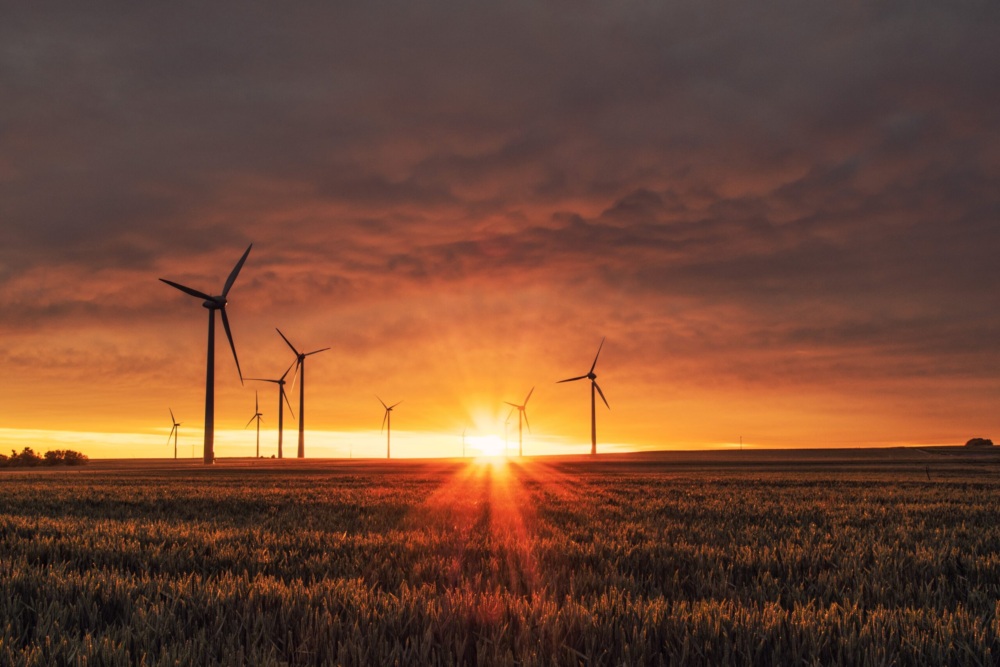Executive Summary
Shocks from the pandemic and the Russian invasion of Ukraine are disproportionately affecting emerging and frontier economies – and having especially severe effects on their energy sectors. Progress toward universal access to energy has already stalled, putting achievement of SDG7 at risk. We identify four interlocking squeezes disrupting both grid and off-grid energy development across emerging and frontier markets:
- Supply chain squeeze. Supply chain hurdles are leading to delays and increasing costs of logistics and inputs.
- Contract squeeze. Utilities are caught between rising costs and fixed power purchase agreements, pushing investors to find workarounds.
- Cost of capital squeeze. Tightening monetary policy and rising interest rates are driving up the costs of capital, especially impacting CapEx-heavy clean energy.
- Demand squeeze. Public sector appetite for new PPAs and investment in enabling infrastructure is waning.
We recommend high-priority actions to address each of these squeezes:
- Support more aggressive diversification of the global renewable energy supply chain, including by expanding investment in emerging market-based manufacturing and mineral extraction, relaxing protectionist policies, and adopting a common set of supply chain traceability standards.
- Expand the tools available to support distressed utilities, including far more funding for transmission and distribution.
- Provide aggressive countercyclical financing, such as JETP-style packages for more non-coal countries and the creation of a Climate Finance Global Guarantee Facility.
- Aggregate procurement, particularly for DRE and smaller scale projects.
For more, read our full report (15 pages) here.



